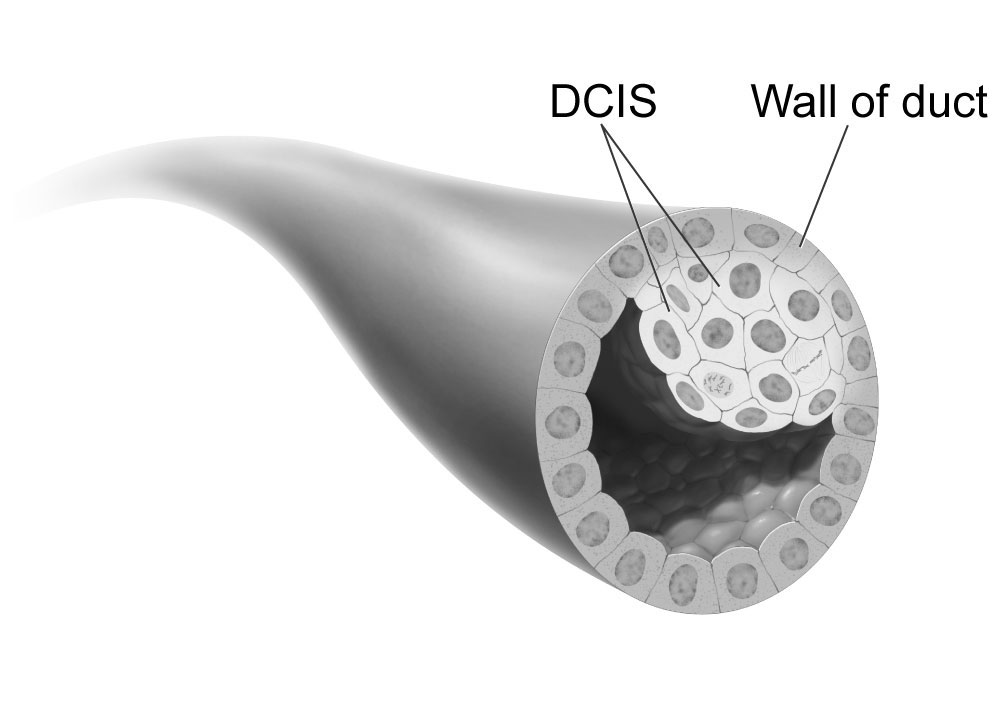The long-term survival rate for women diagnosed with ductal carcinoma in situ (DCIS) or non-invasive breast cancer is excellent, according to a new study released in August. The study, “Breast Cancer Mortality After a Diagnosis of Ductal Carcinoma In Situ” revealed that this held true regardless of the type of treatment.
Are Women Opting Against Ductal Carcinoma In Situ Treatment?
It’s no surprise that these results were met with some raised eyebrows and of course concerns in the medical community, especially considering DCIS is almost exclusively diagnosed by mammography and some women may view these findings as a green light to cancel those appointments or ignore a diagnosis of DCIS.
Yet, there is no “right” way to treat DCIS. Like any cancer, there are a variety of factors at play ranging from the biology of the tumor and patient’s age to menopausal status and lifestyle.
The most common type of non-invasive breast cancer, DCIS, is considered non-invasive because it has not yet spread beyond the milk ducts to the surrounding tissue. While this type of breast cancer isn’t life threatening, having DCIS can increase a woman’s chance of later developing invasive breast cancer.
So the question remains: does it matter if I have DCIS? Should I opt for a double mastectomy, no mastectomy, lumpectomy? Or should I do nothing? Of course, there is no simple answer when it comes to the treatment of breast cancer and that logic holds true for women facing a DCIS diagnosis. We are all unique individuals armed with a vast array of biological characteristics and risks and physicians must treat your cancer with this same multi-faceted approach.
Deciding on Treatment for Ductal Carcinoma In Situ
The world of cancer treatment is not egalitarian – not all cancers are created equally. Some cancers require more aggressive treatment, while others may necessitate a gentler approach. And it’s not always clear cut. It may seem logical to consider a small tumor less dangerous, yet the small tumor may spread more quickly than the large one. The significant factor is the biology of the tumor.
The challenge we face in the medical community is to continue improving treatments for women diagnosed with breast cancer and to decrease or eliminate treatment in the cases where it’s unnecessary. In my experience, very few women diagnosed with DCIS choose to ignore it. Most patients hear “cancer” or “tumor” in any sort of form and their first reaction is to get rid of it through surgery.
Treating DCIS when all the risk factors point to surveillance over action is not always in the best interest of the patient. As additional studies are conducted we will have more data at our fingertips and be better equipped to answer the question of who needs immediate treatment.




Add new comment